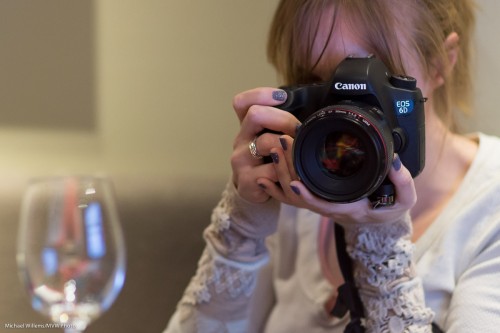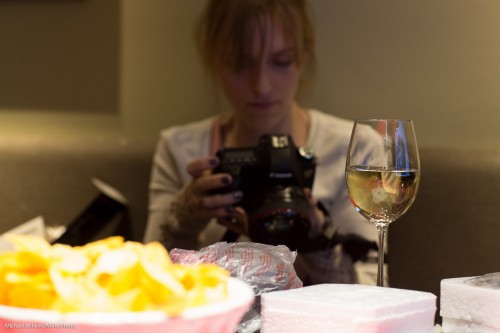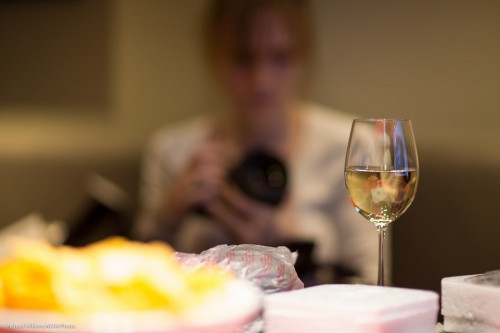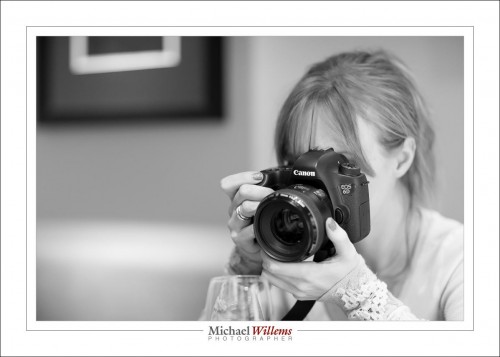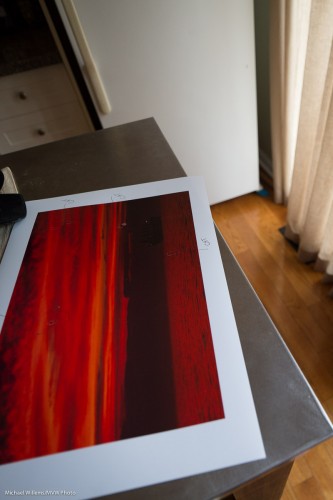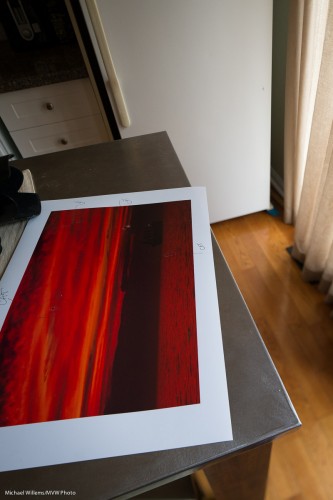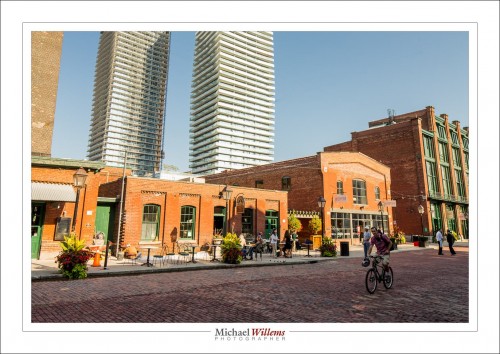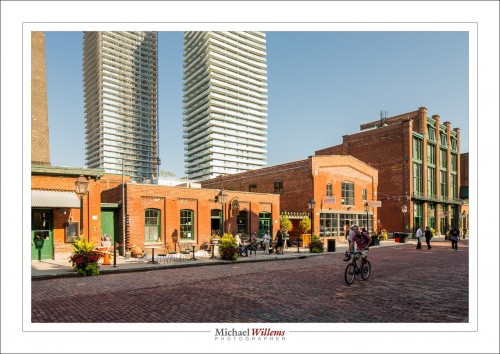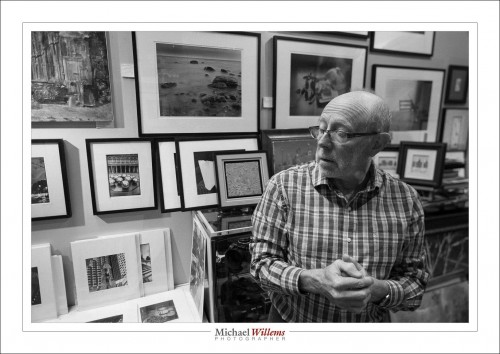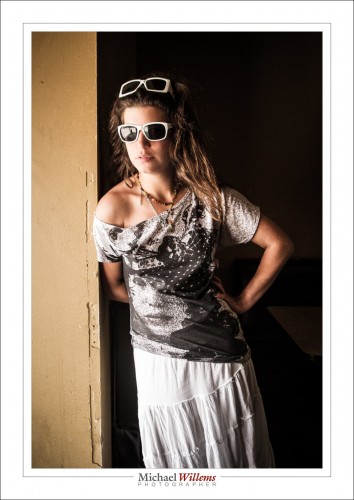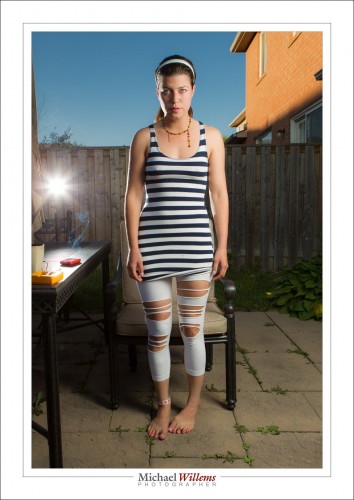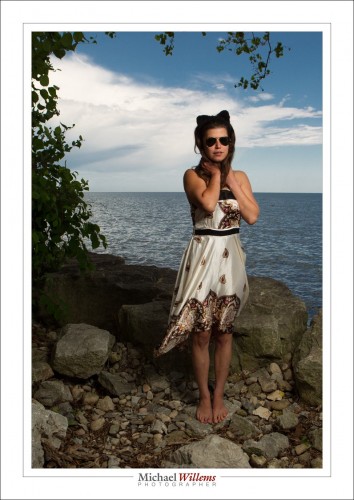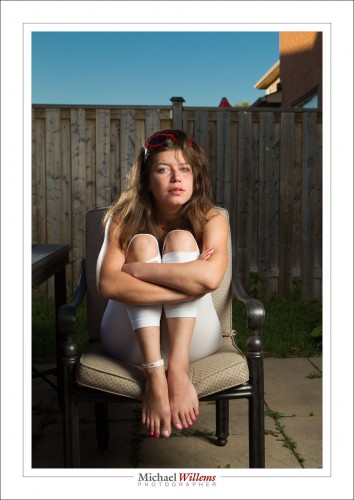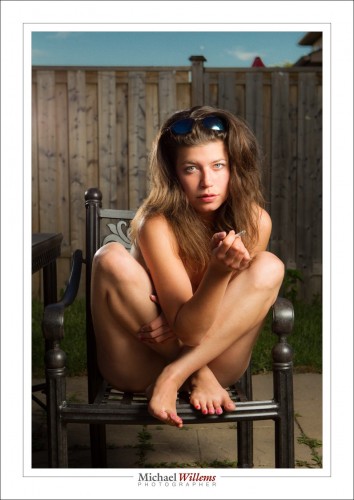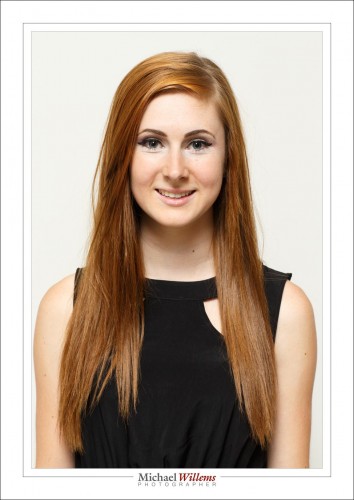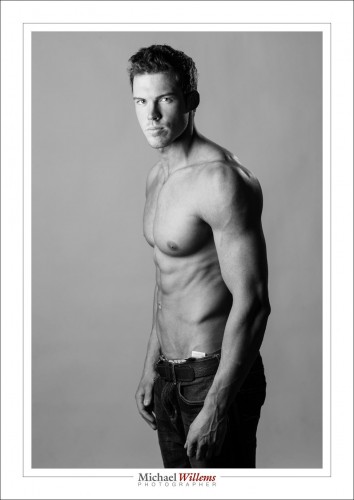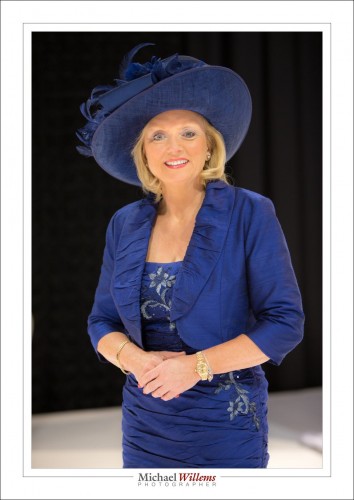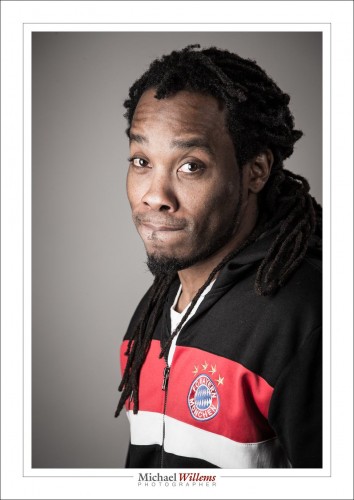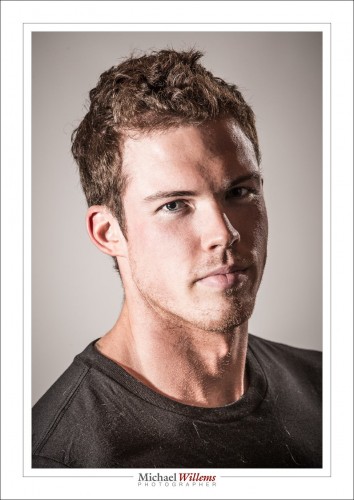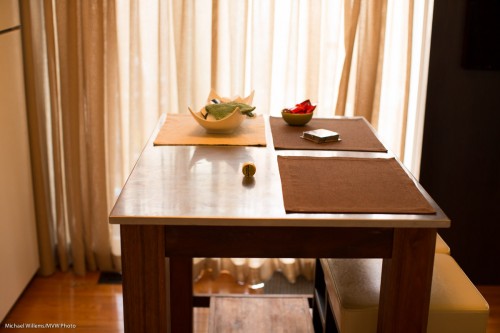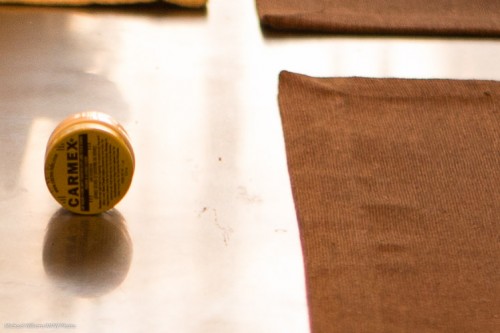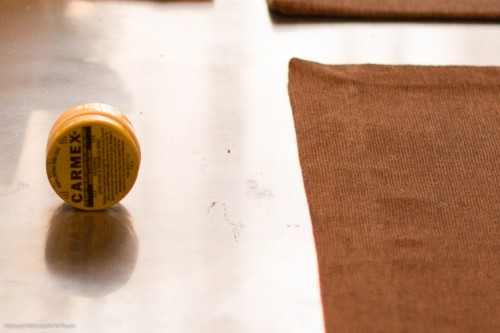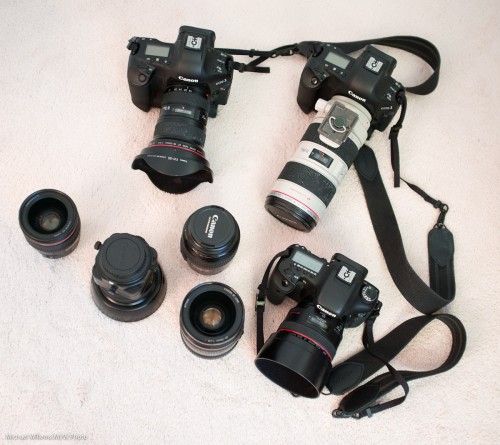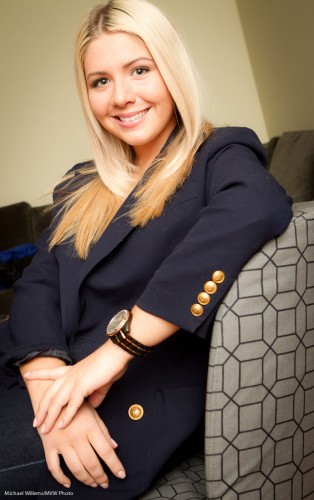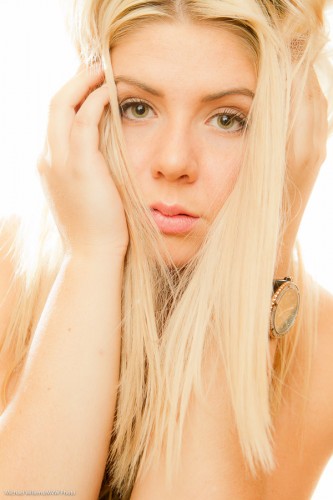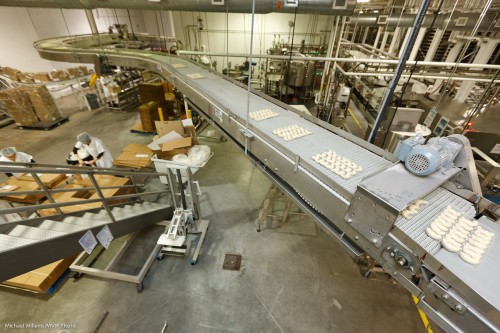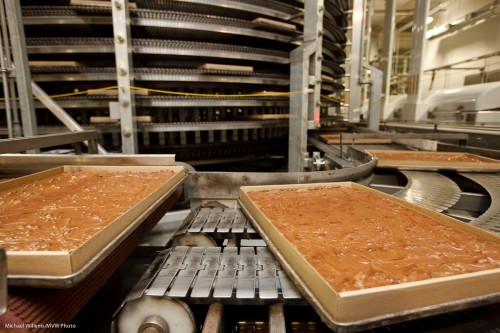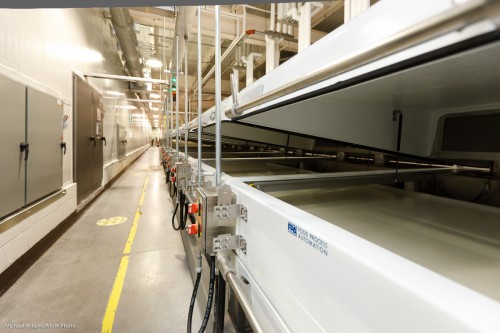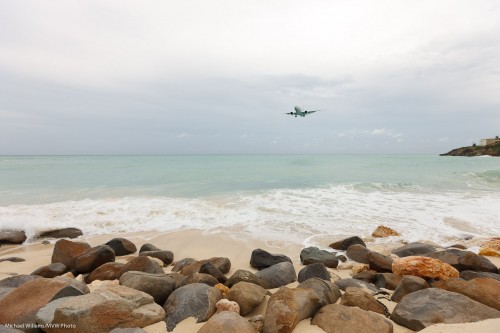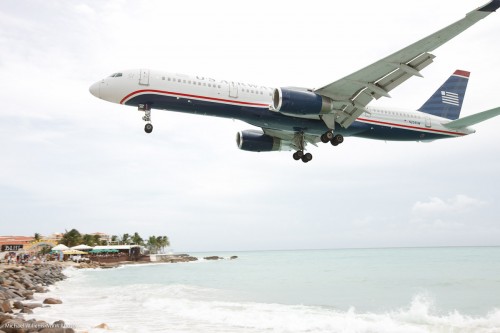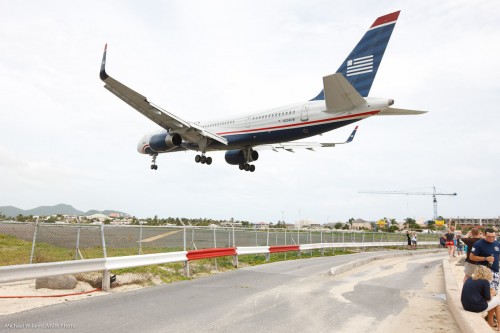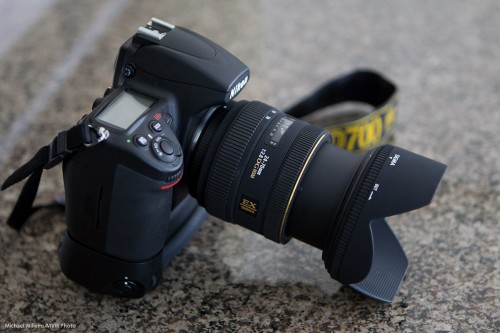A technical post today—after all, this is a technical learning blog.
When you see a picture with details like this (from my Mac’s background picture)…
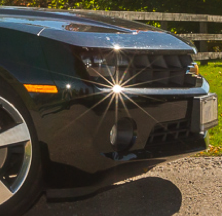
…then you know that a small aperture was used for this photo.
The only way to get the sharp star shape you see here, you see, is to use a small lens opening. Meaning a small aperture (“aperture” means “opening”). Meaning a high “f-number”. In this case, I used an aperture of f/22. The reflection is from my flash, which was aimed straight at the car.
I have other clues. Other detail in the picture includes:
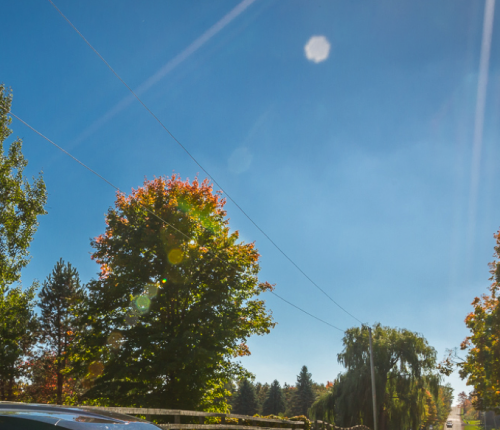
That is at least proof that the lens was not wide open. If it had been, the polygon at the top would have been not a polygon, but a circle.
Other notable facts: the lines (there’s your stripes) all converge where the sun is. And finally, the lens is probably an expensive one: the polygon has seven sides. Most have five or six sides. The more sides, the more the lens approaches the ideal, a circle. That ideal gives you great bokeh.
Bokeh
THE TERM BOKEH, by the way, when used correctly, is used to describe the quality of the fuzzy background. “I want bokeh” is not a correct term: when people say this, they usually just mean “I want a blurry background”.
Correct usage: A lens that has great, beautiful bokeh is a lens whose blurry background is wonderfully smooth and evenly creamy. A cheap lens, on the other hand, has bokeh (especially “fully open” bokeh) that is more like clotted cream: much less smooth, more uneven. I can tell a cheap lens from an expensive one immediately, and I bet you can, too, when you see them side by side.
And that concludes today’s lesson. For more, attend one of my many upcoming workshops: scroll down to read more.

